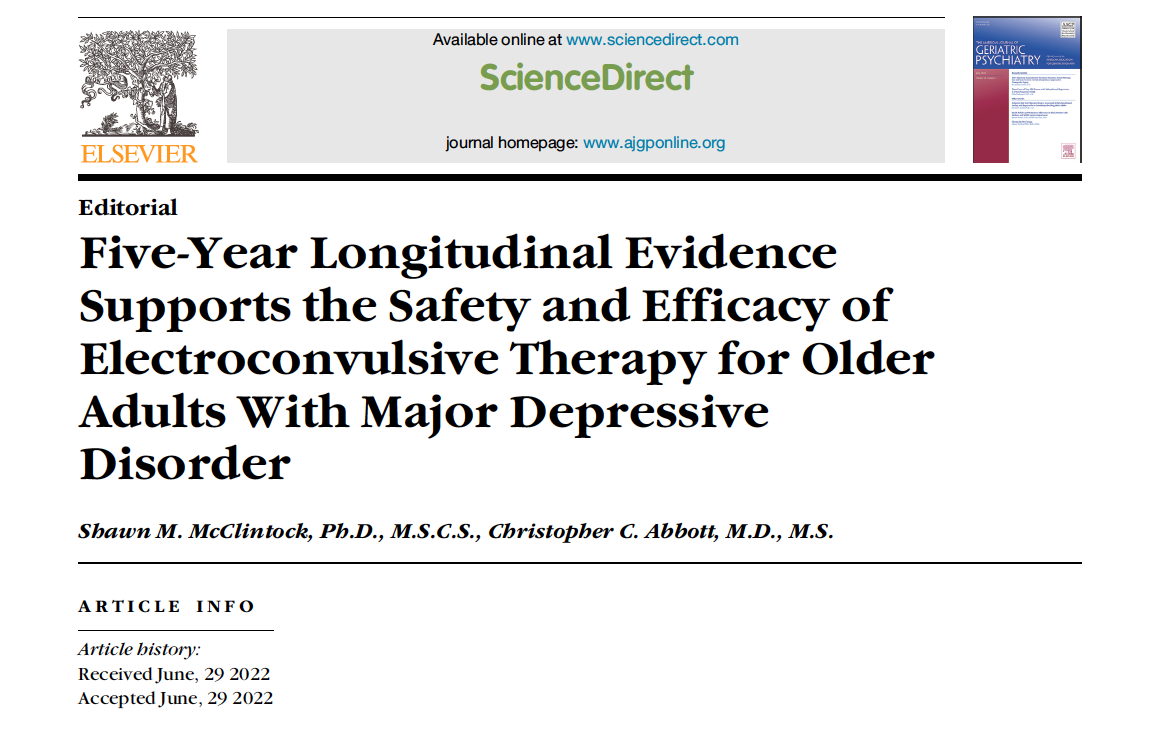GEMRIC Study of Brain Structure/Function in ECT

Out on PubMed, from international investigators, is this study: Multimodal multi-center analysis of electroconvulsive therapy effects in depression: Brainwide gray matter increase without functional changes. van de Mortel LA, Bruin WB, Thomas RM, Abbott C, Argyelan M, van Eijndhoven P, Mulders P, Narr KL, Tendolkar I, Verdijk JPAJ, van Waarde JA, Bartsch H, Oltedal L, van Wingen GA. Brain Stimul. 2022 Aug 6:S1935-861X(22)00171-1. doi: 10.1016/j.brs.2022.07.053. Online ahead of print. PMID: 35944604 The abstract is here: Background: Electroconvulsive therapy (ECT) is an effective treatment for severe depression and induces gray matter (GM) increases in the brain. Small-scale studies suggest that ECT also leads to changes in brain functioning, but findings are inconsistent. In this study, we investigated the influence of ECT on changes in both brain structure and function and their relation to clinical improvement using multicenter neuroimaging data from the Global ECT-MRI Research Coll













